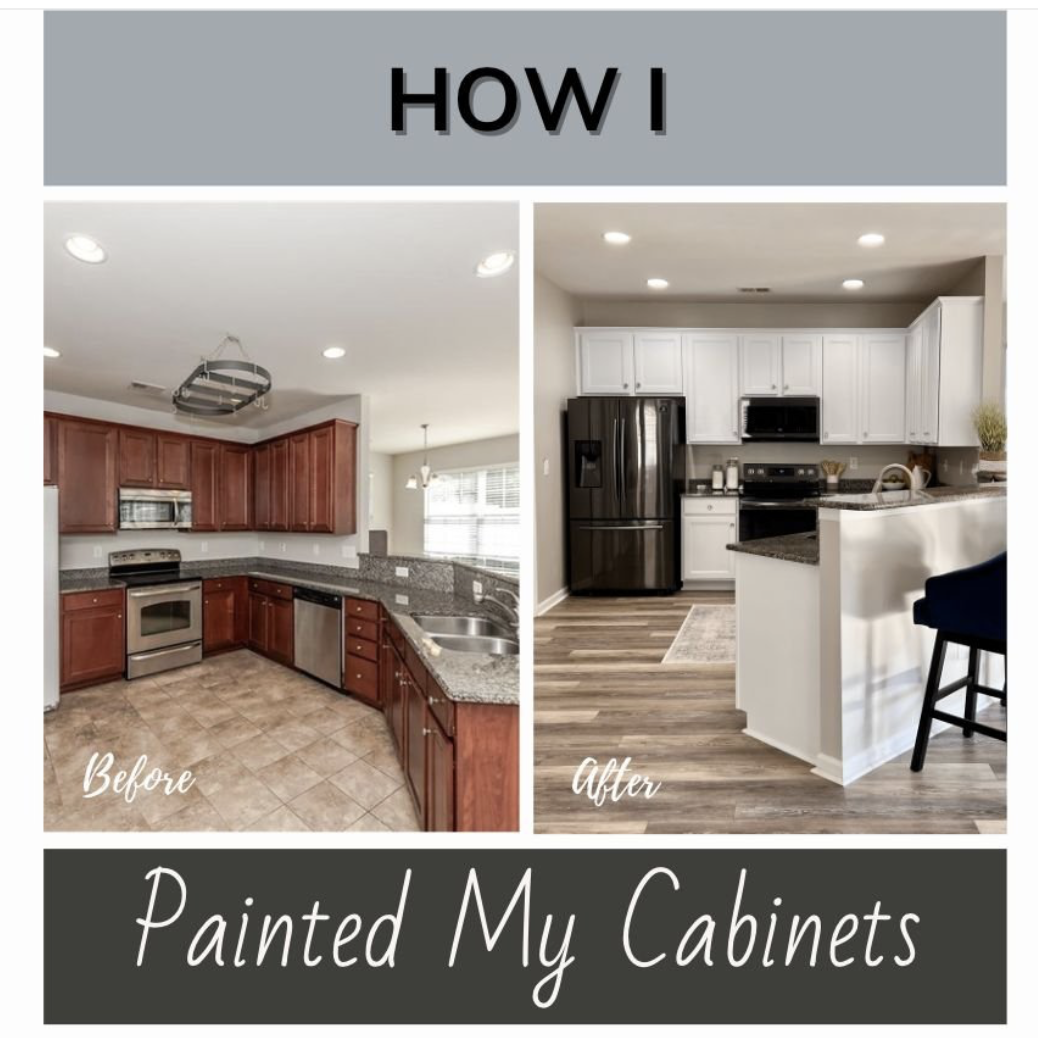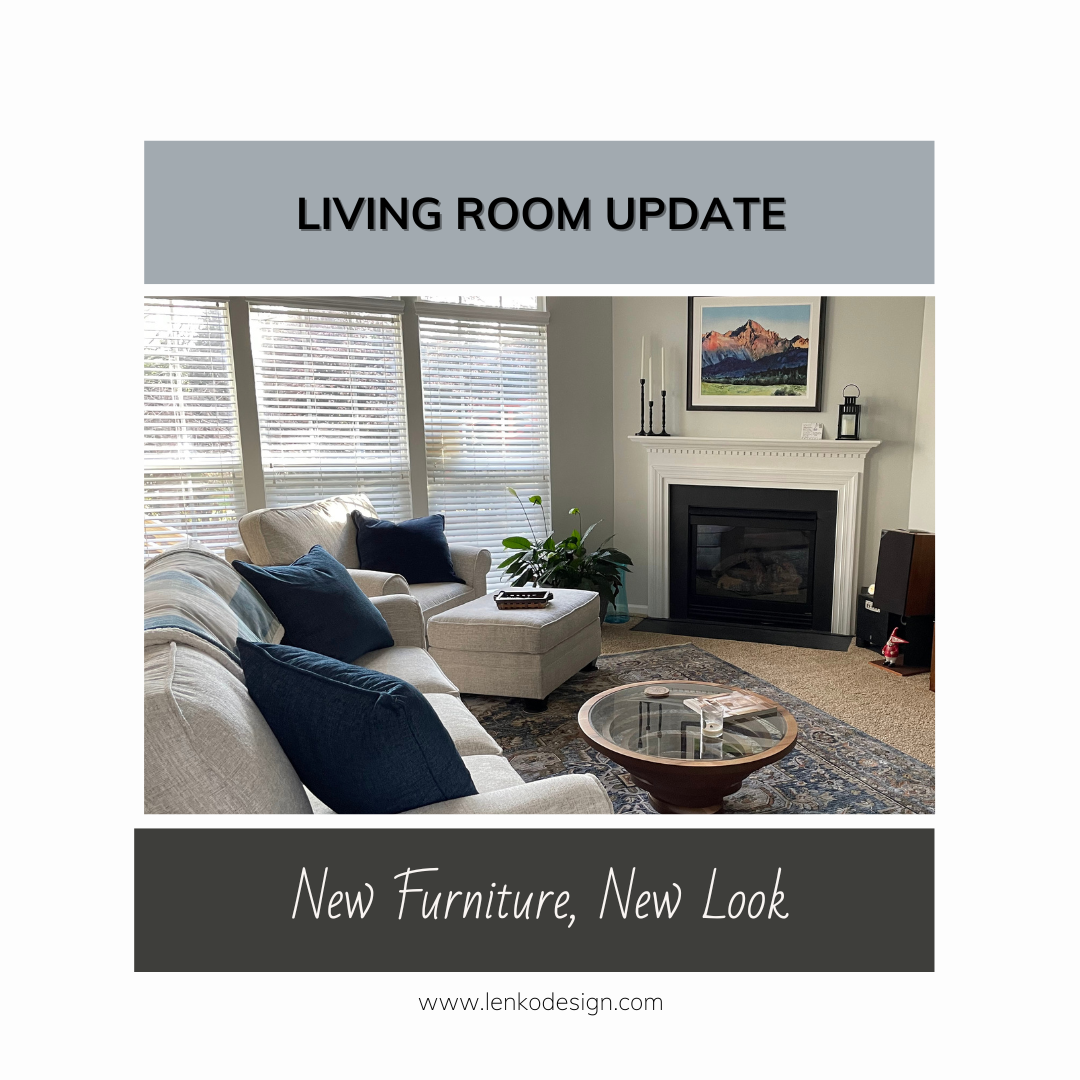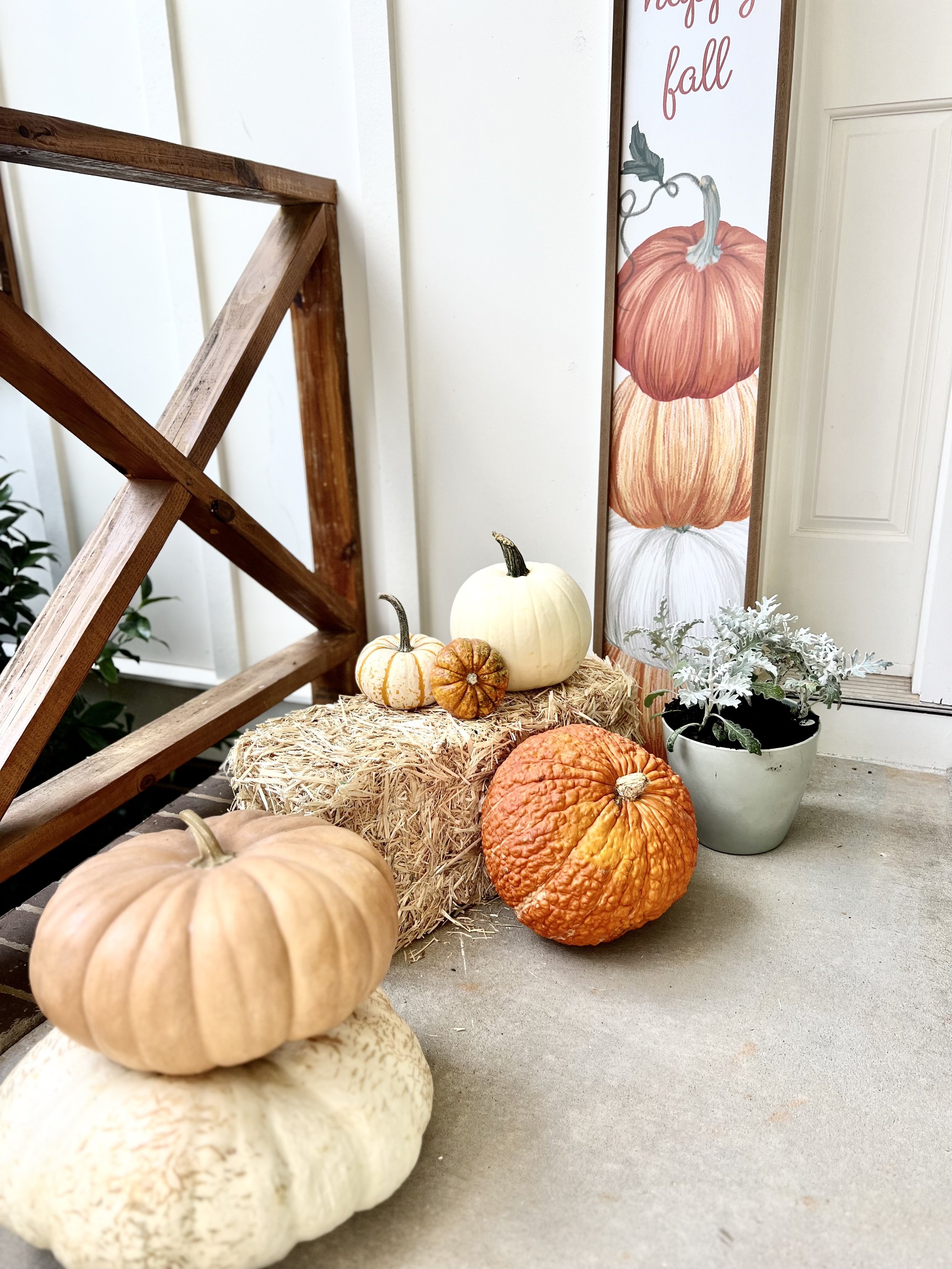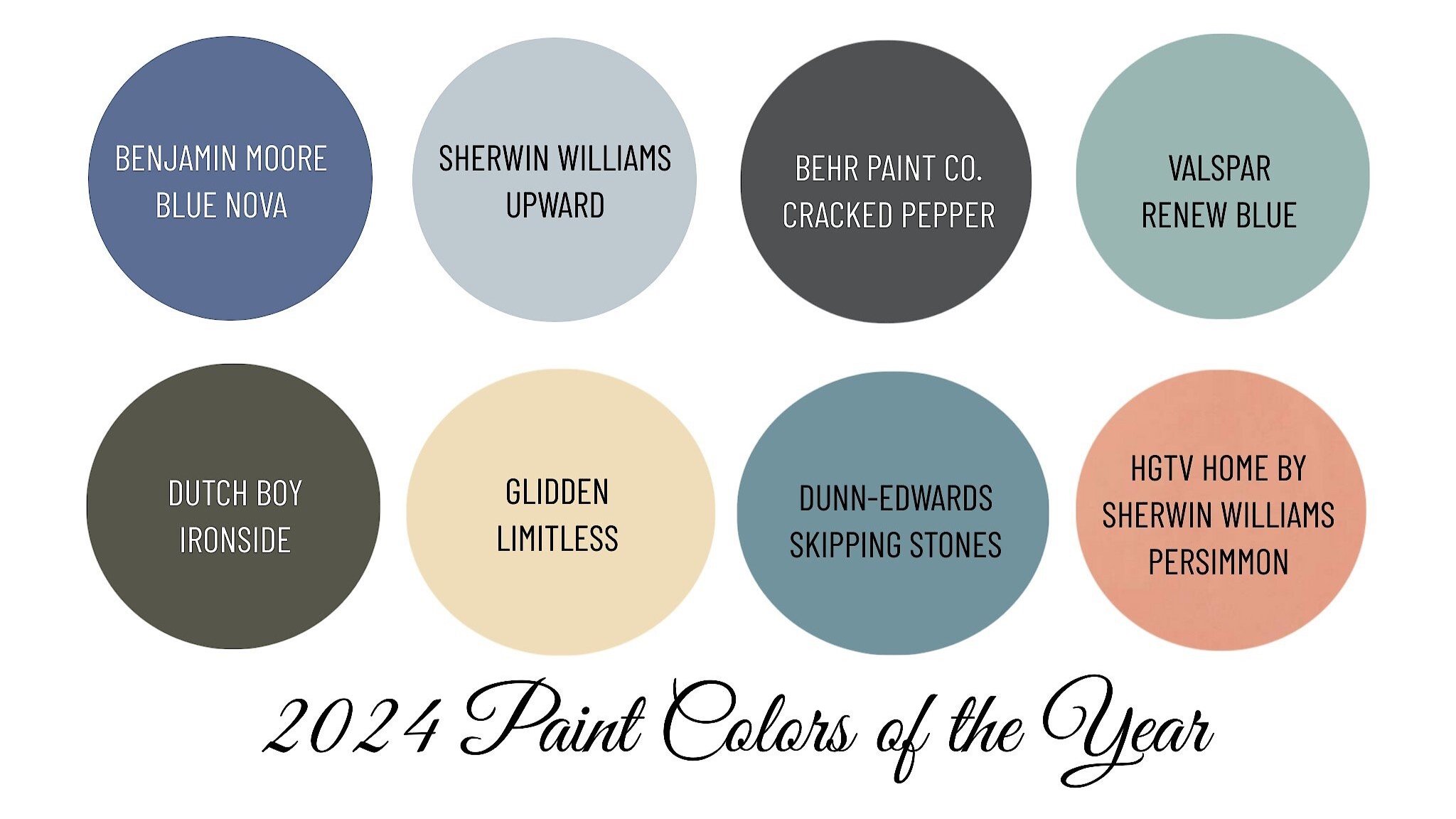
My passion for interior design derives from helping people just like you solve design dilemmas. My hope is that I can inspire you through my own life journey and what I’ve learned along the way. Thank you for your support. -Tiffani

Design on a Budget,
Inspo,
Pro Tips,
eDesign
Tiffani Michalenko
Design on a Budget,
Inspo,
Pro Tips,
eDesign
Tiffani Michalenko
Hallway Refresh
Hallway gets a refresh with board and batten and new wallpaper.

Design on a Budget,
Inspo,
Pro Tips,
eDesign,
Kitchen,
Paint Color,
Interior Design,
How To
Tiffani Michalenko
Design on a Budget,
Inspo,
Pro Tips,
eDesign,
Kitchen,
Paint Color,
Interior Design,
How To
Tiffani Michalenko
Painted Cabinets
How to paint kitchen or bathroom cabinets.

Design on a Budget,
Inspo,
Pro Tips,
eDesign
Tiffani Michalenko
Design on a Budget,
Inspo,
Pro Tips,
eDesign
Tiffani Michalenko
Pantry Refresh
An organized pantry equals easy access to food and cookware plus an immense feeling of order.
Featured

Inspo, Pro Tips, eDesign, Interior Design
home decor, pro tips, accessories, interior design, inspiration, furniture, living room, bedroom, before and after, flooring, paint color
Primary Bedroom Makeover: From Thorn in My Side to Sanctuary
Inspo, Pro Tips, eDesign, Interior Design
home decor, pro tips, accessories, interior design, inspiration, furniture, living room, bedroom, before and after, flooring, paint color
Inspo, Pro Tips, eDesign, Interior Design
home decor, pro tips, accessories, interior design, inspiration, furniture, living room, bedroom, before and after, flooring, paint color
SUBSCRIBE
Signup for our mailing list so you are always in the know!








